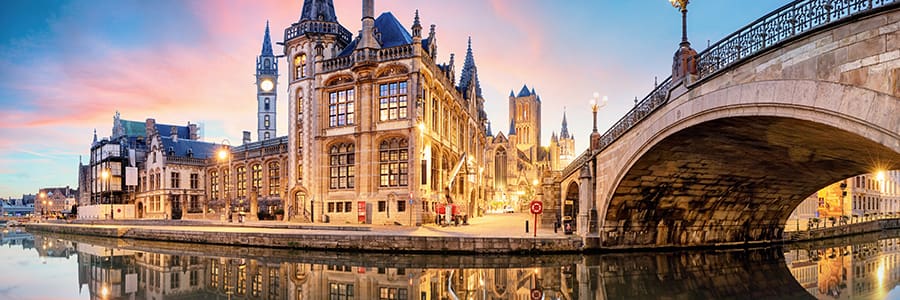The Beemster Polder which dates from the early 17th century is a quintessential example of reclaimed land in the Netherlands. Its orderly and structured landscape of fields, roads, canals, dykes and settlements, have been preserved mostly intact. There is historical evidence that the Polder was laid out using both classical and Renaissance planning principles.


